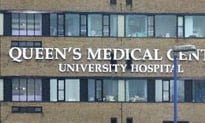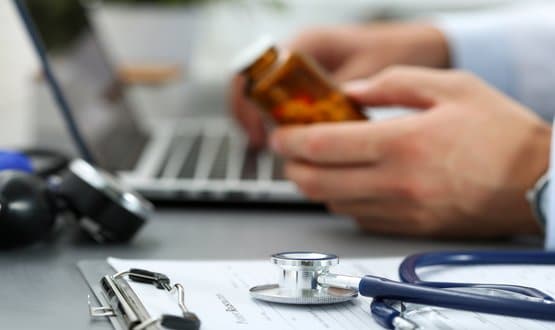Nottingham reduces heart patient visits
- 11 March 2014

A new clinic at Nottingham University Hospitals NHS Trust has helped to halve the number of hospital visits for many patients with heart valve disease.
The clinic, which opened in September 2013, uses McKesson software to report echocardiogram imaging, so that some patients who have had a scan no longer need a separate appointment to see a doctor.
Dr Michael Sosin, a consultant cardiologist at the trust, said he and colleagues had previously seen patients with valve disease in the general cardiology clinic, but a lack of slots meant they did not see patients as quickly as they would like to.
These patients typically had moderate valve disease but no symptoms, and needed to attend for regular echocardiograms. They would visit the general clinic for a scan, and then make a separate appointment to see the doctor for a consultation, often to be told that that they were fine and to come back in another year or two years.
The solution was to set up a specialist clinic for the valve disease patients. Dr Sosin saw an opportunity to make sure that the report following an echocardiogram included additional information that could remove the need for a separate appointment with the cardiologist.
The general clinic was already using McKesson’s Cardiology solution to report and store cardiac images, so Dr Sosin approached the company to design a new template for reporting the heart valve abnormality.
The new software allows the clinic, which has been running since October, to deal with patients in a single visit.
“If the patient comes in and answers all the questions and says they’re fine, and the echo scan is fine, then the cardiographer completes the report and the patient doesn’t need to see a doctor at all. On the other hand, if there are any triggers based on the answers to the questions or the echo scan, then I go and see them and we sort it out,” said Dr Sosin.
The process has freed up clinicians’ time also made things easier for patients. He said some patients have been able to reduce their visits from once a year to once every two years.




